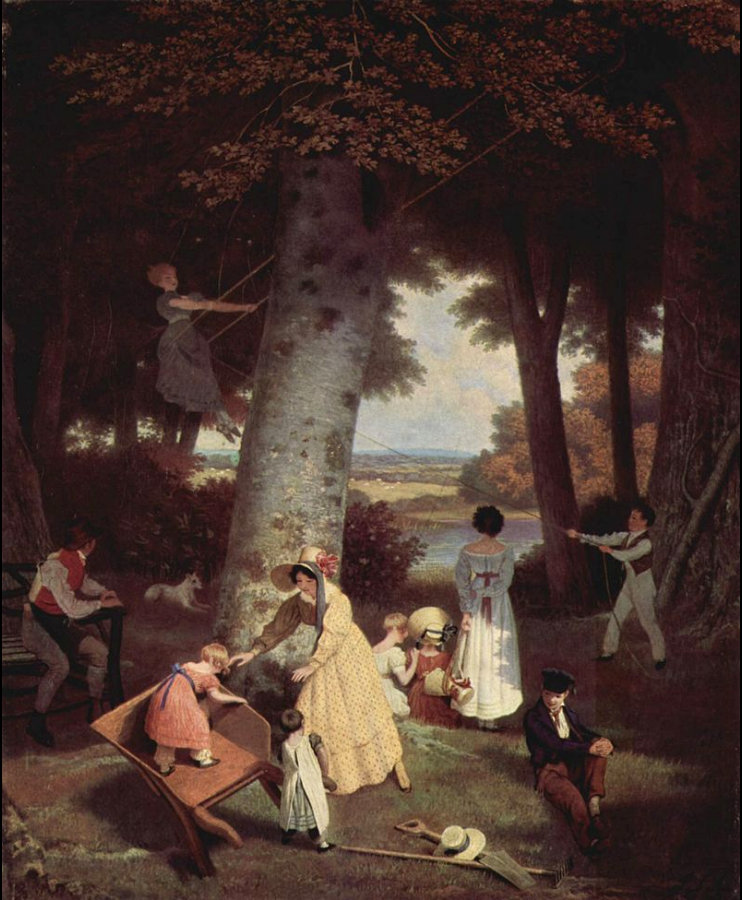Jacques-Laurent Agasse (Apr 24, 1767 – Dec 27, 1849) was an animal and landscape painter from Switzerland.
Born at Geneva, Agasse studied in the public art school of that city. Before he turned twenty he went to Paris to study in veterinary school to make himself fully acquainted with the anatomy of horses and other animals. He seems to have subsequently returned to Switzerland. The Tübinger Morgenblatt says that “Agasse, the celebrated animal painter, now in England, owed his fortune to an accident. About eight years ago, he being then in Switzerland, a rich Englishman asked him to paint his favourite dog which had died. The Englishman was so pleased with his work that he took the painter to England with him.”
In 1786, at the age of 19, he went to Paris to continue his studies in the studio of Jacques-Louis David. He studied animal anatomy and dissection at the Veterinary School and the Natural History Museum. Because of the French Revolution, he returned to Geneva. His first works include sheared silhouettes in the style of Jean-Daniel Huber.
Agasse met the rich George Pitt, future Lord Rivers, with whom he traveled to Great Britain and discovered English painting. Back in Geneva, Agasse worked with his youth friends Firmin Massot and Wolfgang-Adam Töpffer. They painted common landscapes, each contributing the part he could best be, animals, people, landscapes (for example, The Horse Market in Gaillard). Together with Firmin Massot (1766-1849) and Wolfgang-Adam Töpffer (1766-1847), Jacques-Laurent Agasse was one of the most important representatives of the Geneva School from the end of the 18th and early 19th centuries.
In 1800 he established himself as an animal artist with the support of Lord Rivers in London. He soon became famous for his depictions of horses and dogs. He also painted wild and exotic animals, which he observed in the London Menagerien. From 1801 to 1845 he regularly exhibited at the Royal Academy. One of his most outstanding works is The Stud of Lord Rivers in Stratfield Saye (c. 1806). From 1810 he lived with George Booth, whose children served as a model for genre pictures. He also painted pictures from the Thames, illustrated biology publications, and later on devoted himself to portrait painting. Agasse earned his livelihood with his art, but never became rich. He remained a bachelor of his life.
Nagler says that he was one of the most celebrated animal painters at the end of the 18th and the beginning of the 19th century. In Meusel’s Neue Miscellaneen, he compares Agasse and Wouvermans, wholly in favour of the former. In that partial article much is said of his extreme devotion to art, of his marvelous knowledge of anatomy, of his special fondness for the English racehorses, and his excellence in depicting them.
